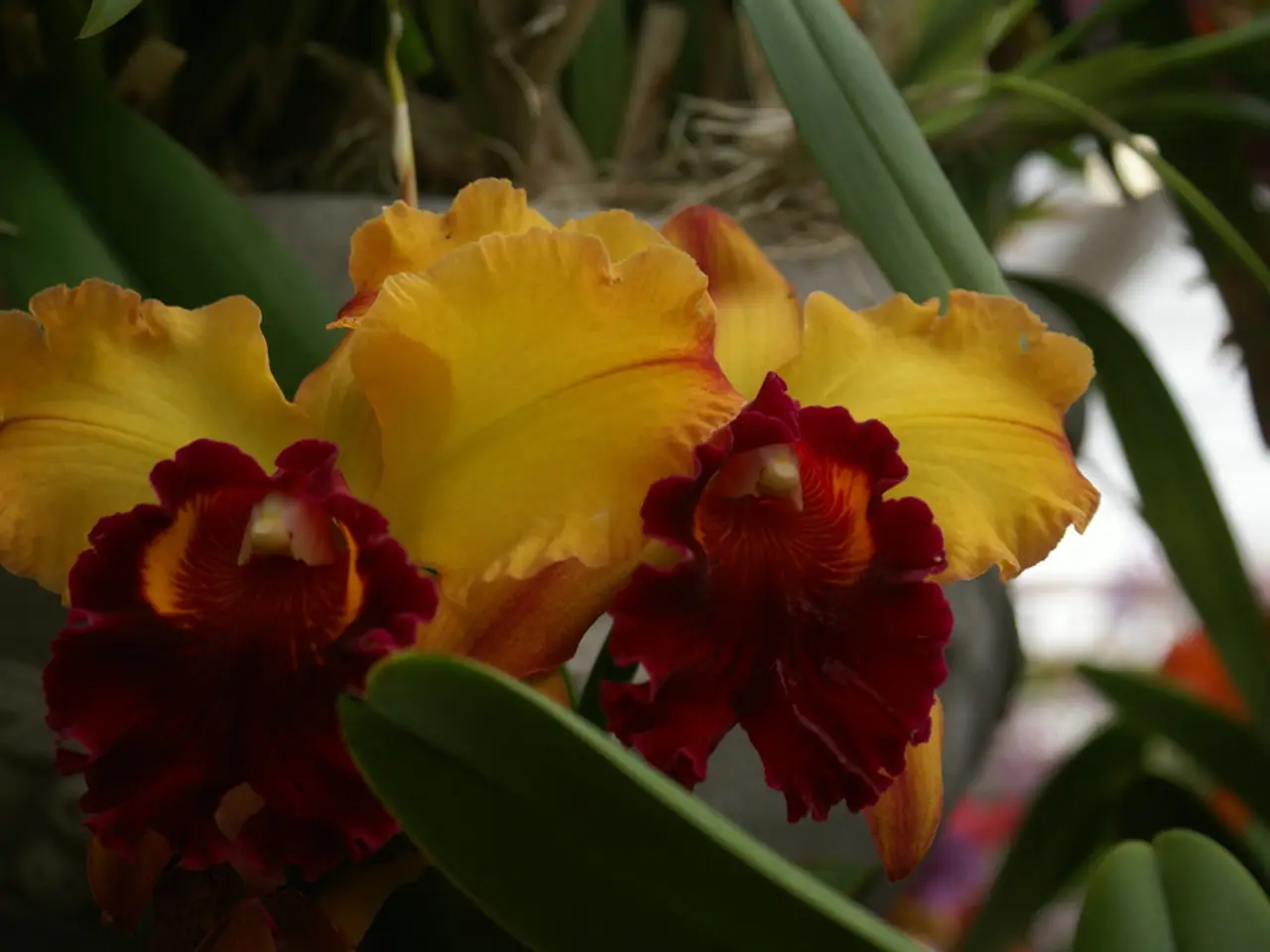Alliums' Blooming Duration: A Comprehensive Gardening Handbook
Alliums, often known for their striking and vibrant blooms, are a must-have for any garden enthusiast. Here's a comprehensive guide to growing these delightful spring flowers.
To begin with, it's essential to choose the right soil for alliums. Sandy or loamy soils are ideal as they prevent water pooling. The soil should also be well-draining, a crucial factor for allium growth. For alkaline soil, consider adding lime to balance its pH. A balanced fertilizer in spring can also support allium growth. Adding compost before planting can boost the soil's nutrient content.
Planting allium bulbs in autumn allows them to establish roots before winter. This timing is crucial for optimal growth and bloom the following late spring or early summer. Alliums prefer a sunny spot, with at least six hours of sunlight daily for the best blooming and vibrant flowers.
When it comes to variety, different types of alliums have distinct bloom periods and durations. Ornamental alliums typically bloom from late May to early July, lasting about 2 to 3 weeks. On the other hand, Allium sphaerocephalon (Drumstick Allium) blooms from June to July and lasts about 4 weeks; it also has a long-lasting cut flower life.
The climate and growing zone can also affect allium bloom times. Alliums are planted in fall to establish roots before winter, and bloom times can shift slightly based on regional climates.
In containers, ensure alliums have enough space to grow without being cramped and have good drainage systems to prevent rot. Regular monitoring and good garden hygiene can help keep pests like the allium leaf miner at bay.
Deadheading encourages more flowers on alliums, and the dying foliage often dies back as flowers appear, so planting alliums near other perennials with attractive leaves can help conceal the dying foliage. After flowering, dried allium flower heads remain decorative for several weeks into the fall, adding to their garden appeal.
Alliums are perennial and tend to naturalize and multiply over the years, maintaining bloom presence annually. Taller varieties may need staking to keep stems upright. Planting in groups of early, mid, and late-season varieties extends allium bloom times, ensuring a colourful display from late spring to early summer.
References:
[1] The Royal Horticultural Society. (n.d.). Allium. Retrieved from https://www.rhs.org.uk/plants/26597/Allium/details
[2] Gardening Know How. (n.d.). How to Grow Alliums. Retrieved from https://www.gardeningknowhow.com/ornamental/bulbs/allium/allium-growing-guide.htm
[3] Monrovia. (n.d.). Allium 'Globemaster'. Retrieved from https://www.monrovia.com/allium-globemaster/108592
[4] Burpee. (n.d.). Allium. Retrieved from https://www.burpee.com/alliums
[5] The Spruce. (n.d.). How to Grow Allium Bulbs. Retrieved from https://www.thespruce.com/allium-bulbs-growing-1412678
Incorporating alliums into one's home-and-garden lifestyle can be extremely rewarding, given their striking and vibrant blooms. When planning a home-and-garden project, consider giving gardening a try with allium bulbs, particularly in the home-and-garden section dedicated to ornamental plants, as they are a must-have for any garden enthusiast.



